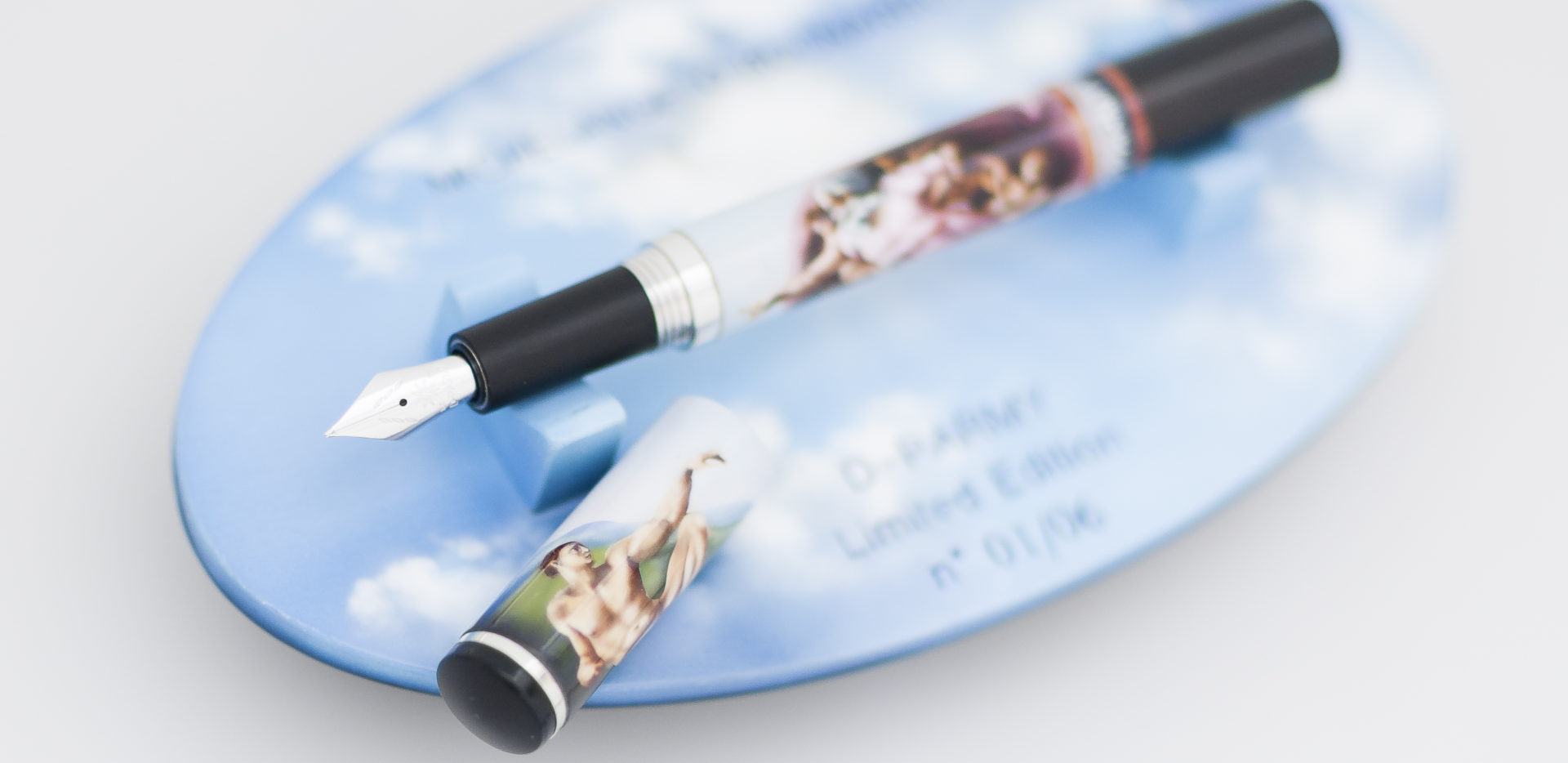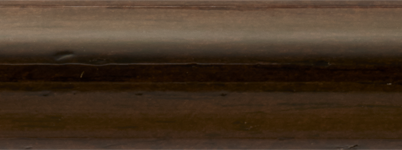
Ebony
Ebony is a dark, compact hardwood that comes from different species of trees of the genus Diospyros of the Ebenaceae family. The most sought-after quality, due to its black colour and very fine grain, is found in Diospyros ebenum and Diospyros melanoxylon, which are native to the Indian subcontinent.

Bois de Violette
Bois de Violette (Dalbergia cearensis) grows in certain zones of Brazil and can reach heights of 15-20 metres. This precious wood has a compact structure and red-purple colouring with black streaks. It is used for making violins and other string instruments as well as harmonicas. It was widely used by French artisans in the 18th century in the construction of furniture, decorative elements, and inlays.
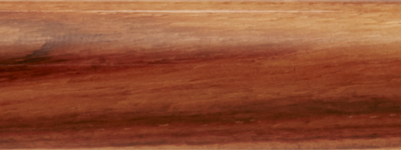
Bois de Rose
The Walnut tree (Juglans regia L.), native to Asia (Himalayan foothills), was introduced to Europe in ancient times for its edible fruits. It is a vigorous tree characterised by its solid trunk, tall and straight, and its majestic bearing. Its highly prized wood, brown or grey-brown in colour, has a compact structure with a dark or reddish grain. Walnut was widely used throughout Europe during the Renaissance for the manufacture of luxurious furniture and in the production of fine inlay work.
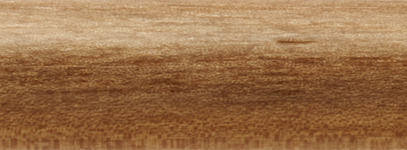
Walnut
The Walnut tree (Juglans regia L.), native to Asia (Himalayan foothills), was introduced to Europe in ancient times for its edible fruits. It is a vigorous tree characterised by its solid trunk, tall and straight, and its majestic bearing. Its highly prized wood, brown or grey-brown in colour, has a compact structure with a dark or reddish grain. Walnut was widely used throughout Europe during the Renaissance for the manufacture of luxurious furniture and in the production of fine inlay work.
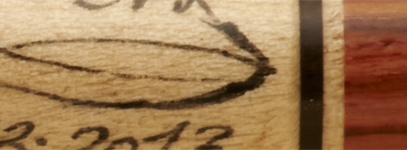
Inlay
Intarsia, or inlay, is a type of decoration created by combining small pieces of wood or other materials of different colours. Already widely practiced in the 14th century, inlay reached its maximum flourishing between 1440 and 1550. Up to the end of the 15th century, inlay was an art form practiced mainly in Italy. It later spread beyond the Alps.
Note
- Because wood is a living element, to ensure the best preservation of the pen avoid prolonged exposure to heat or immersion in water.
- Keep the pen in a cool, dry place.
- If the pen is left unused for extended periods of time, the ink may dry up. If this occurs, wash the nib only with clean, lukewarm water.
- Any ink residues in the cap can be dissolved by inevitable condensation. In this case, clean the nib and cap with a damp lint-free cloth.
- Avoid contact with corrosive substances; should this occur, contact your retailer.

